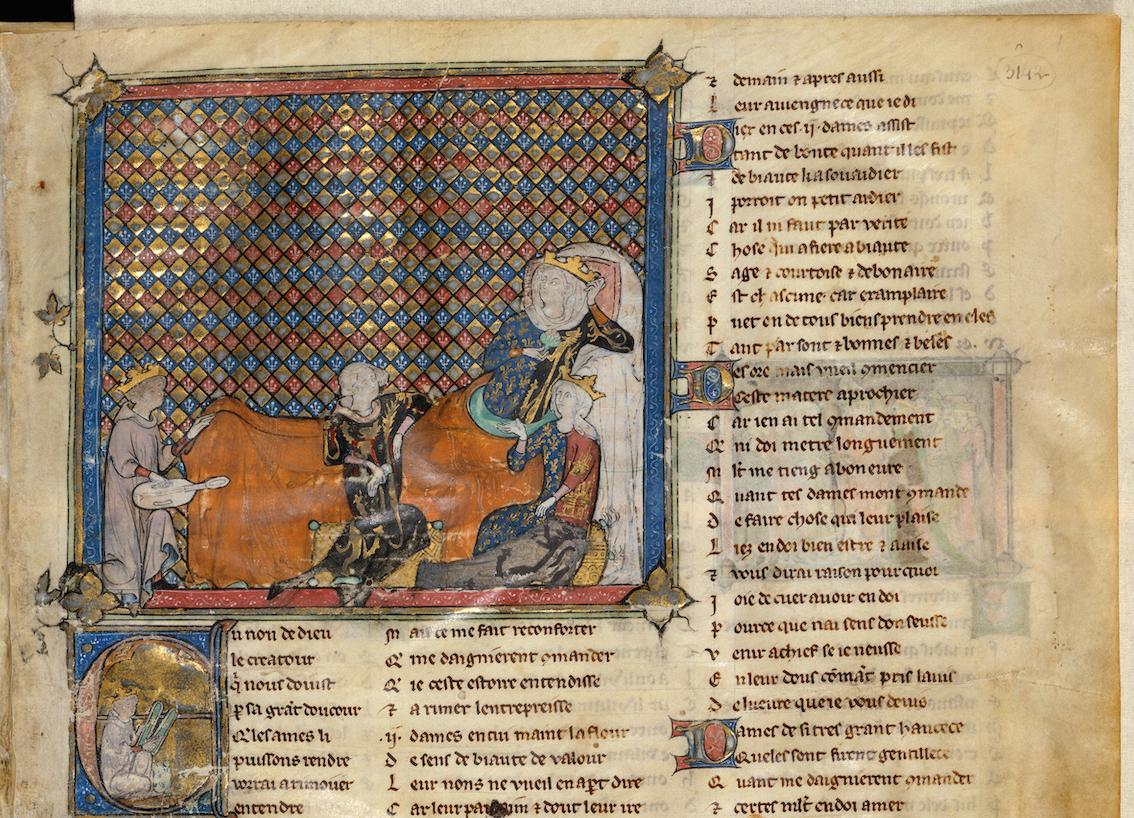
See also Tracy Chapman Hamilton and Liz Lastra, Can COVID-19 Reinvigorate our Teaching? Employing Digital Tools for Spatial Learning, Art History Teaching Resources Weekly (November 14, 2020)
Spatial Exploration Project

This assignment encourages consideration of the larger “where” of the objects and monuments being studied in class. The assignment asks students to find three-dimensional views using Google Maps, Earth, and Street View (on your phone or your computer) and re-consider these monuments. Walking the sites virtually, students become more familiar with their artistic details within the context of their physical siting and surrounding geography and topography than they are able from photographs alone or through professor-directed media. The onus is on the student to explore and discover. Students can also analyze the sites and surrounding landscapes through a VR (Virtual Reality) headset (such as a viewfinder, Google Cardboard, or any of the VR options available today). In short written reports on the process, students share views that were personally impactful and explain the ways in which these augment understanding of the monument/place/site/object itself, beyond their readings or what has been discussed in class.
- Please create a document with at least 10 hyperlinks (you can provide more if you find it useful) to the locations ofmonuments and works of art we will have covered up to the Carolingians and Ottonians (This will change depending on the course).
- Your choices must be spread across the entire semester so far and not all from just one location.
- Go into Google Earth or Google Maps, search for these locations, use Street View to “place yourself” in the locations.
- When you visit each location, find at least one view that interests you (one is the minimum requirement, but if others appeal to you, by all means, include them too!).
- Explain why you have selected your view(s) in one or two pithy sentences. Your explanation should convey why the view(s) you have selected enhances your understanding of the monument/place/site/object itself. In other words, how does seeing the Street View image of this place further your understanding of it, beyond what we discussed in class?
- In the week after this assignment, we will discuss how this method of research has affected your approach to art history.
Here are different sets of step-by-step instructions, if you need them:
Upload your document with hyperlinks and a short explanation of your choices (as described above) to this assignment page on Blackboard.

